Part Two in an Occasional Series on My Favorite Artists

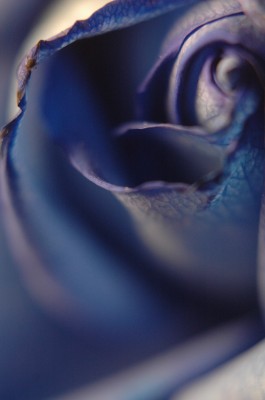
If you’ve ever wondered what a bee sees when he’s buried deep within the folds of a flower, surrounded by color and bemused by fragrance, then you shouldn’t miss the fine art photography of Jinsey Dauk. An artist with an eye for the smallest of sensuous details, Jinsey uses a camera to capture what’s most miraculous about life. Then she presents her vision to all of us who are hurrying past a frisson of flowers or a riot of raindrops without really seeing them at all.
Jinsey’s love for photography began early. As a very young girl, when a friend of her mother’s became ill with leukemia, she picked up a Minolta camera for the first time to take pictures of the woman’s son. An innate talent for seeing the world in striking detail was quickly apparent. Jinsey captured the boy leaping with a basketball in his hands, sunlight in his eyes, and his mother posted the photos around her hospital room. Soon visitors and friends were asking who took the photos, and her career began, first by taking black and white portraits of children for whom she babysat.
Fast forward a couple of decades. Jinsey spent time working as a Ford and Elite model, then launched a career as a documentary-style wedding and portrait photographer, primarily in black and white, before turning her camera toward the beauty of nature in full, glorious color.
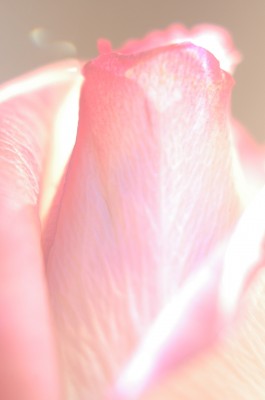
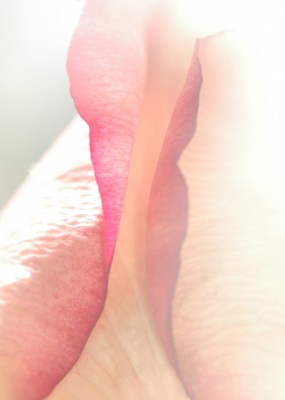
Once again, serendipity intervened in her life. She began simply, by photographing flower arrangements on the sunlit windowsills of her Tribeca apartment to thank the friends who had sent them; before long, those friends were insisting she create large-scale art pieces and offer them for sale. From that point, she branched out into shooting more than flowers, and she quickly gained a following.
Today, Jinsey’s work is available as metallic prints, without frames, pressed under a quarter inch of plexiglass. Although many collectors prefer the large version, and collect them as diptychs, triptychs or quadtychs, (sometimes even as a series of six), Jinsey happily custom-sizes her pieces to fit a particular space in home, office or boutique hotels. She is also happy to work on commissioned pieces and will travel to photograph whatever a client chooses, whether it’s a beloved rose garden or another cherished item.
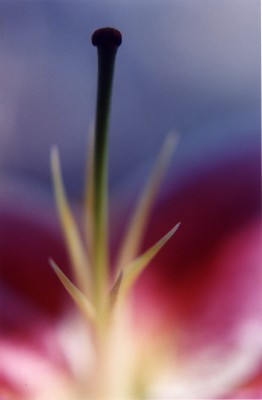

Using macro lenses and micro filters from the 1960’s and blending those techniques with today’s sophisticated digital photography is how she creates her work, but it doesn’t begin to explain her vision. She describes her first foray into photographing flowers as a journey she undertook, albeit one with camera in hand.
“I traveled through those flowers and ferns and bouquets, traveled through a whole different universe. Each turn of my focusing ring was escaping into another world,” she says. “Photography changes me. It’s a private experience. I’m six foot one, but in this world I’m all scrunched down, into something the size of a thumbnail. Every single one of my senses gets touched upon when I photograph something. I hope that viewers of my work will have the same experience.”
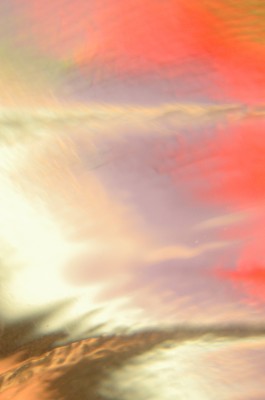
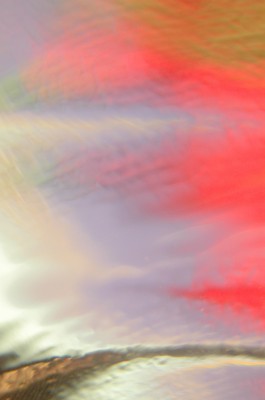
Jinsey grew up in Rowayton and Darien, Connecticut. Her mother still lives in Darien, in a matriarchal home owned first by her mother’s grandmother, then her mother’s mother, and now it belongs to her mother. Jinsey’s photographs hang in rooms that overlook Long Island Sound, next to traditional, older oil paintings that have been in the family home since the turn of the last century.
“My art mixes so well with those old paintings,” Jinsey explains. Perhaps it’s the constantly shifting colors of the ocean outside the windows, or the way the light falls on the nature-infused colors of Jinsey’s work, but her photographs transcend a single definition. She’s proud to see her work hang in offices and homes with many different styles.
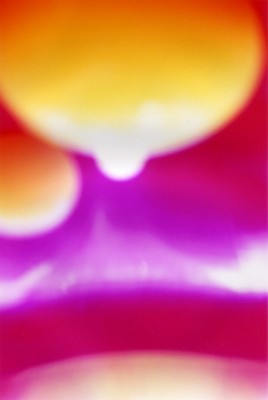
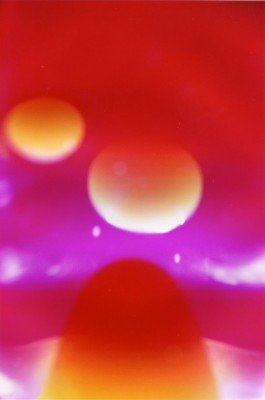
Erika Del Priore, of Erika Del Priore Interiors, describes her work like this: ” The colors, while bright, recede into the photo – pulling us in. Once in, colors and shadows reveal small nooks and passages that take us … I don’t know where, but it is warm and calm.”
Warm is the way to describe Jinsey, too. She’s enthusiastic, outgoing and the kind of person you feel like you’ve known forever. When renowned photojournalist Andre Kertesz said that “you don’t see things you photograph, you feel them,” he could have been talking about Jinsey. Jinsey says she is inspired by his work, as well as the black and white photographs of Henri Cartier-Bresson, Robert Doisneau and George Brassai; her color inspiration comes from Georgia O’Keeffe, Paul Gaugin, Henri Rousseau, and images from her own work.
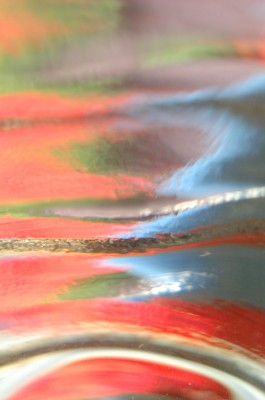
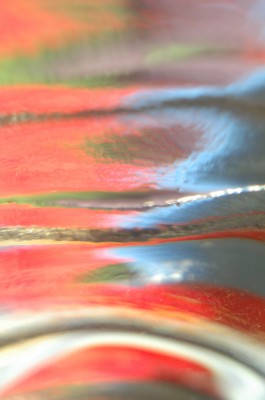
Whoever’s work inspirits and inspires Jinsey, she’s always an artist who sees things her own way. Jinsey creates her pieces to embody the feeling of flow and fluidity, which is why she presents her work not only as individual pieces, but as a series. According to a friend and client, her pieces create connections through “color, form, light, eyes and smiles.” It’s the world as Jinsey sees it, and we’re lucky to share the view.
To contact Jinsey Dauk Fine Art Photography, call 212-243-0652, email Jinsey at info@JinseyArt.com, or visit her website at www.JinseyArt.com. An installation of 21 metallic fine art prints with rotating images is available for viewing in a beautiful Tribeca office space. Call to schedule an appointment. Scroll down for more of Jinsey’s work.
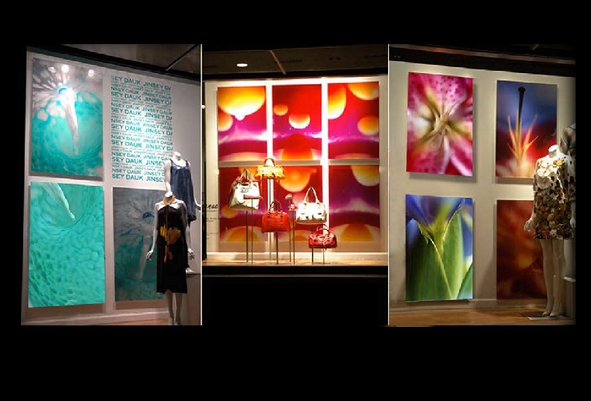
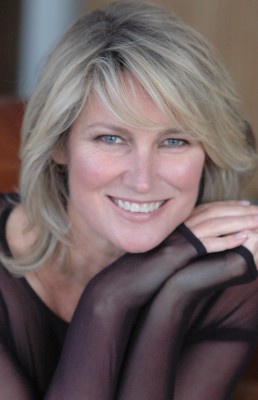
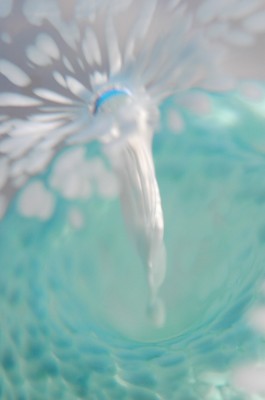


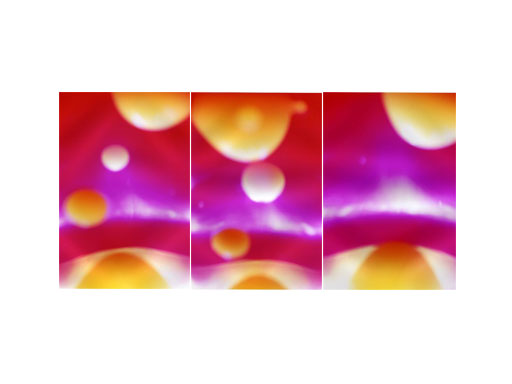

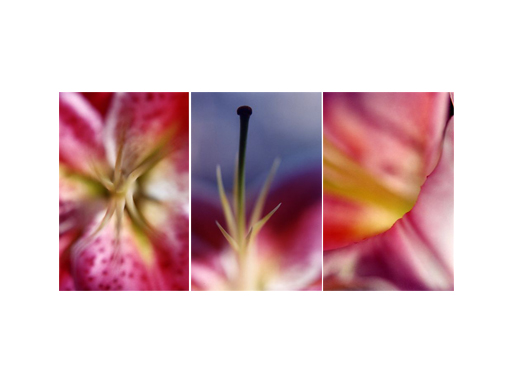
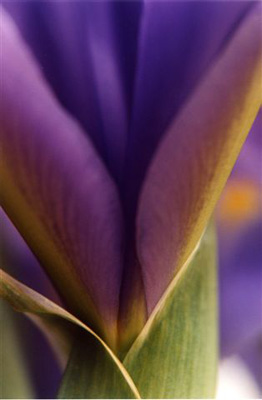
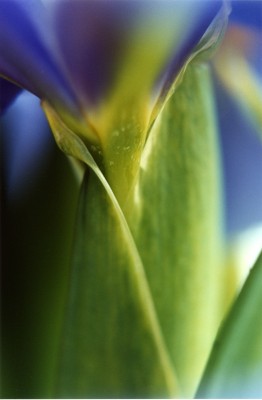
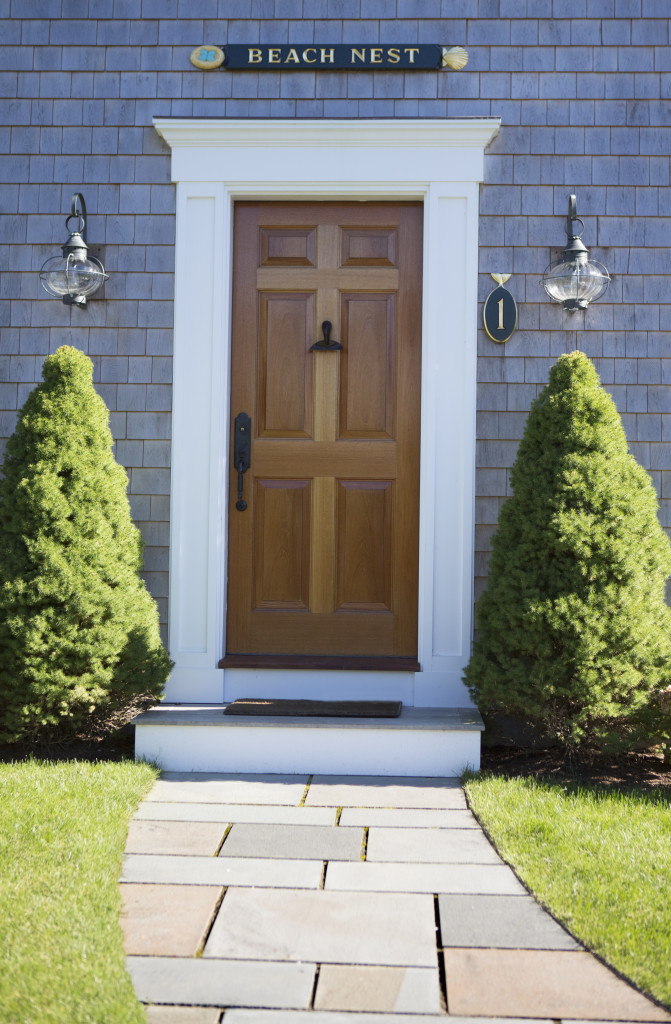
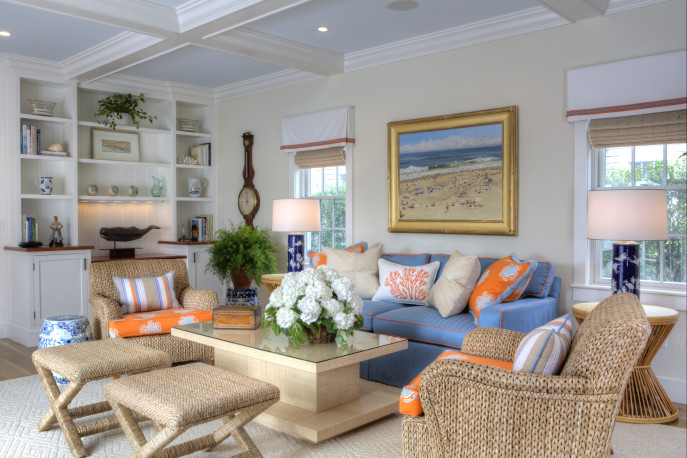
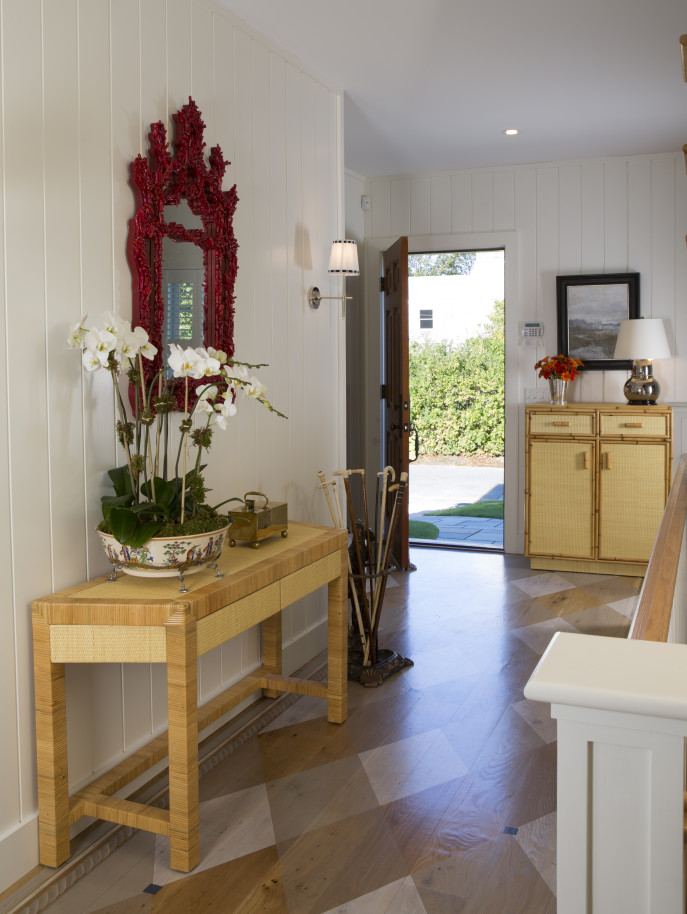
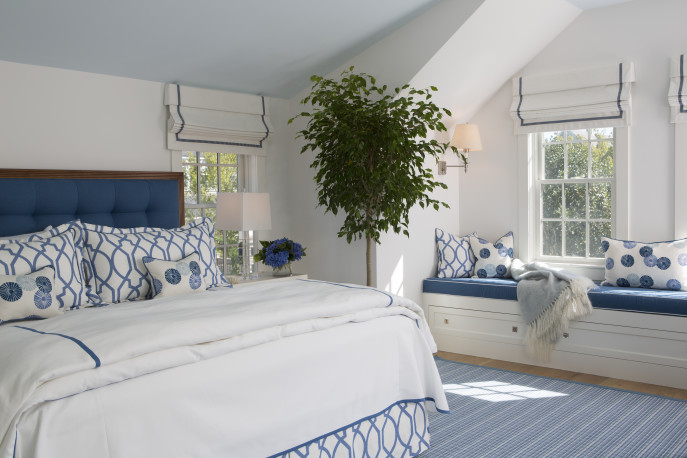
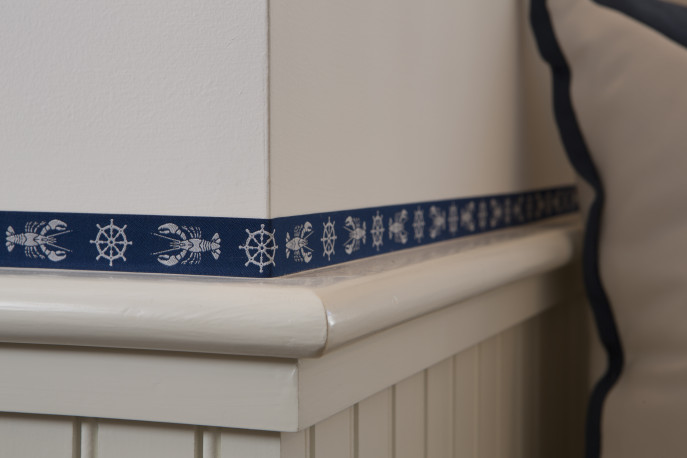

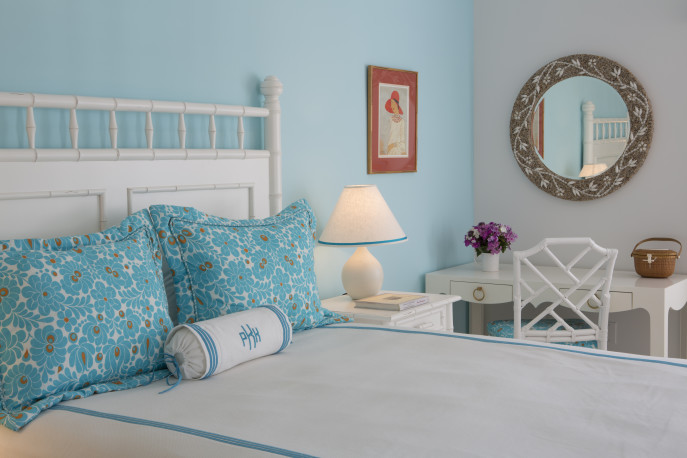 Signature colors were added to the kitchen with stools and bistro chairs handwoven in France.
Signature colors were added to the kitchen with stools and bistro chairs handwoven in France.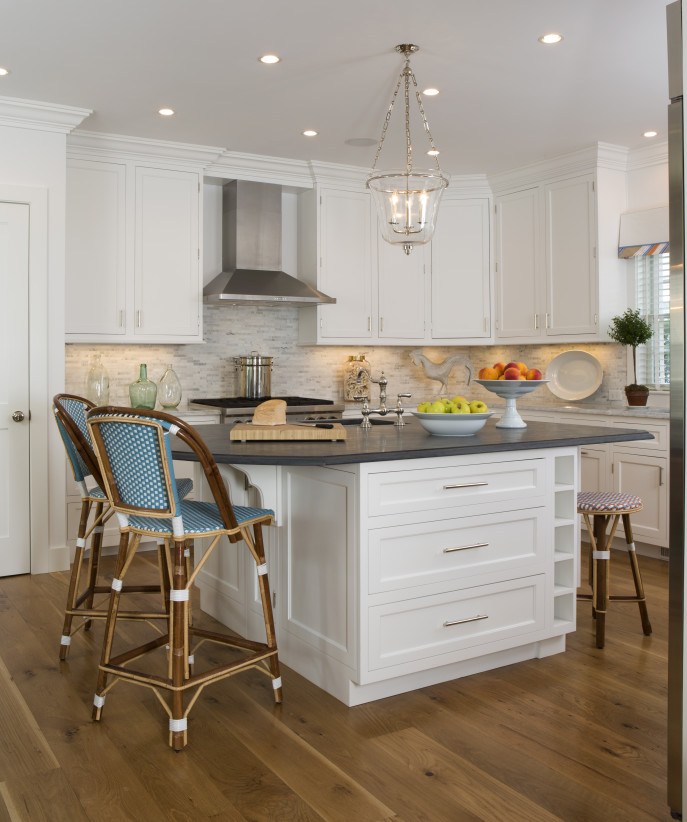
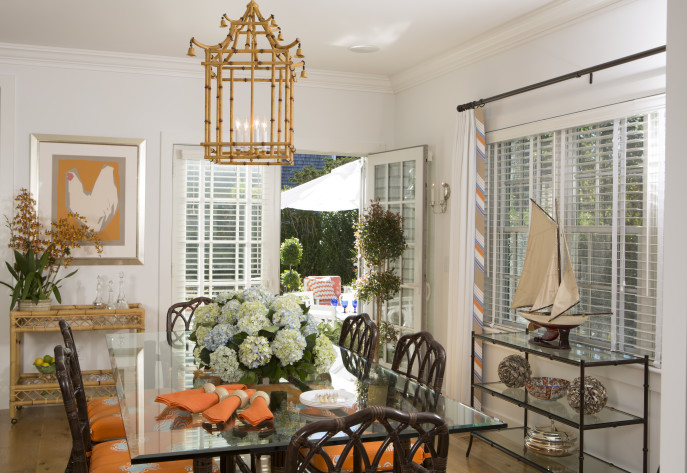






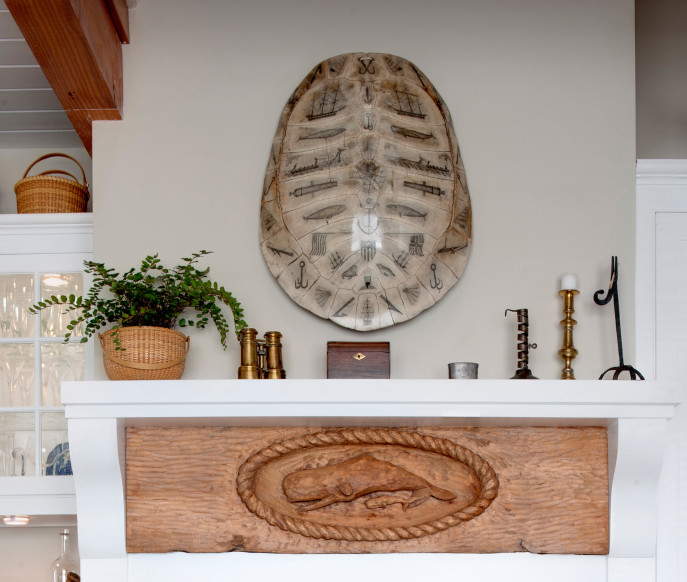
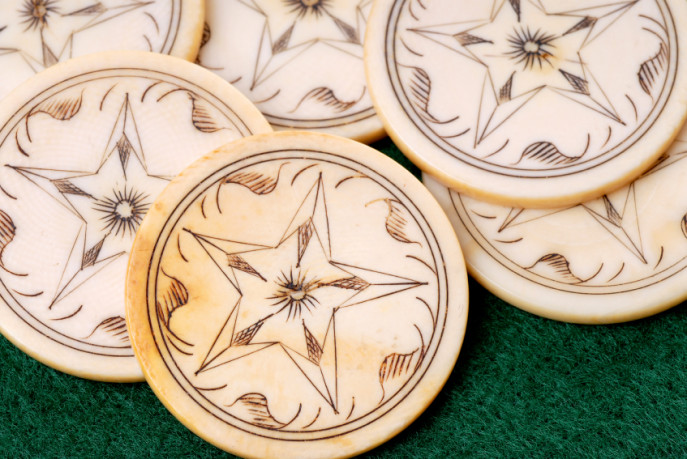

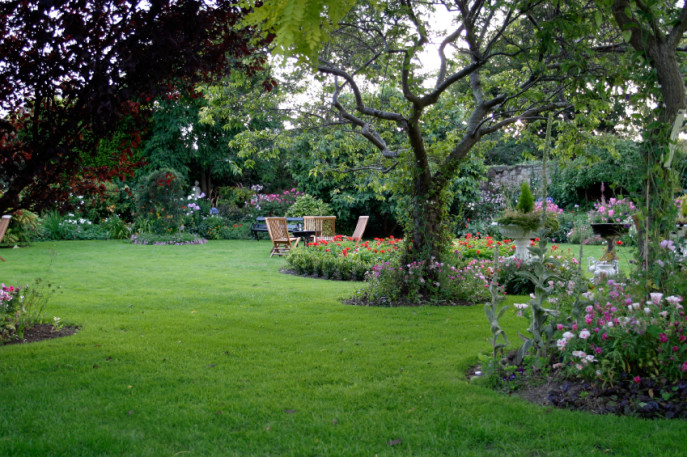
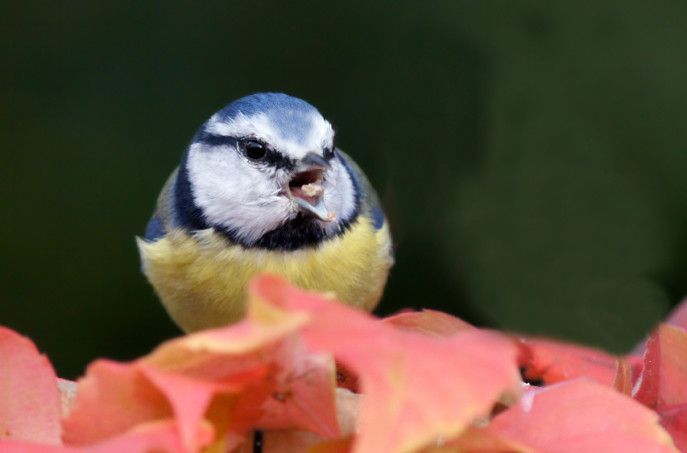

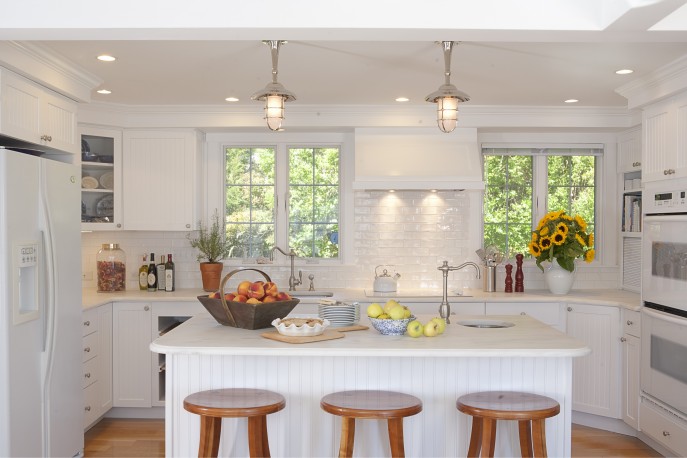
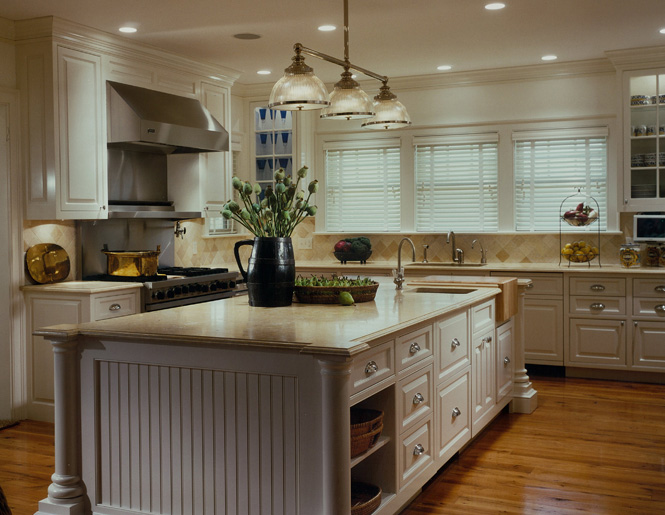

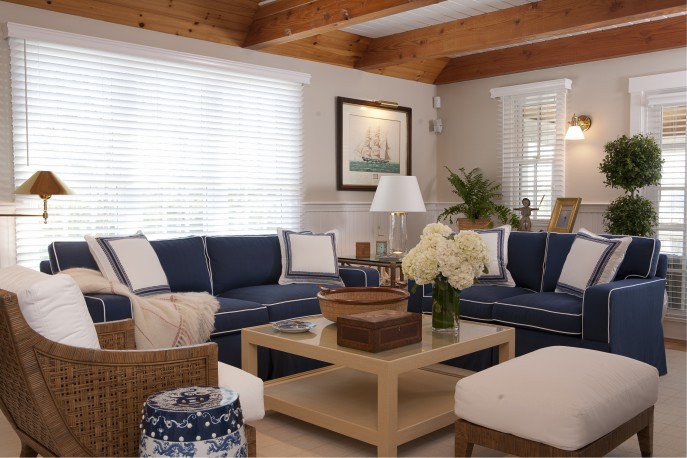 My Madaket living room; Lightship basket on table. Photo courtesy of Terry Pommett
My Madaket living room; Lightship basket on table. Photo courtesy of Terry Pommett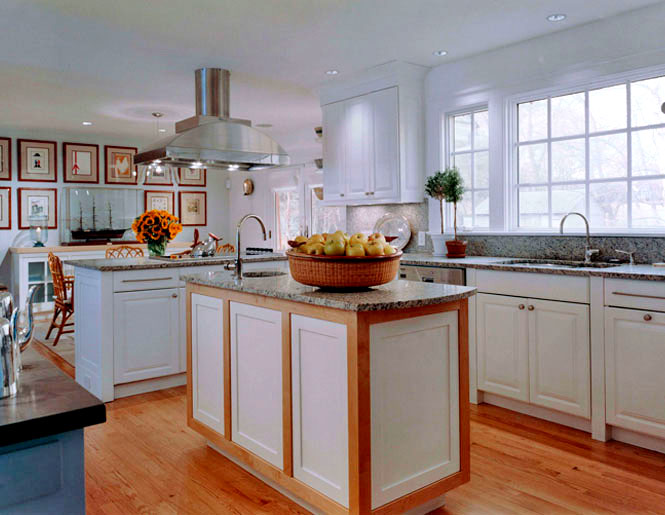
 Lightship basket collection displayed on built in shelves; photo courtesy of Terry Pommett
Lightship basket collection displayed on built in shelves; photo courtesy of Terry Pommett






















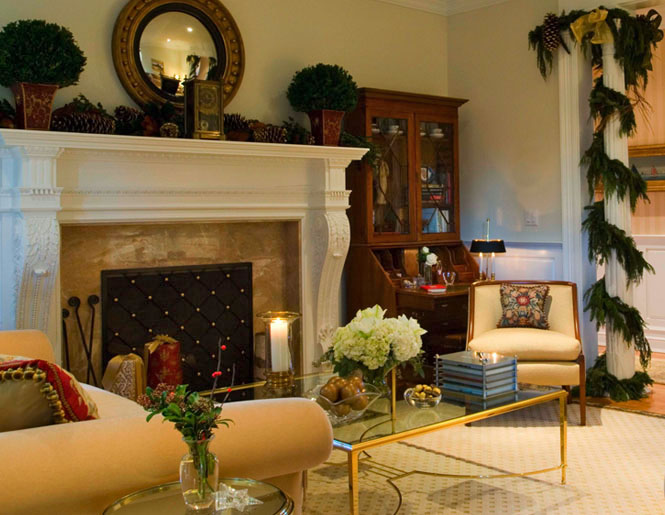
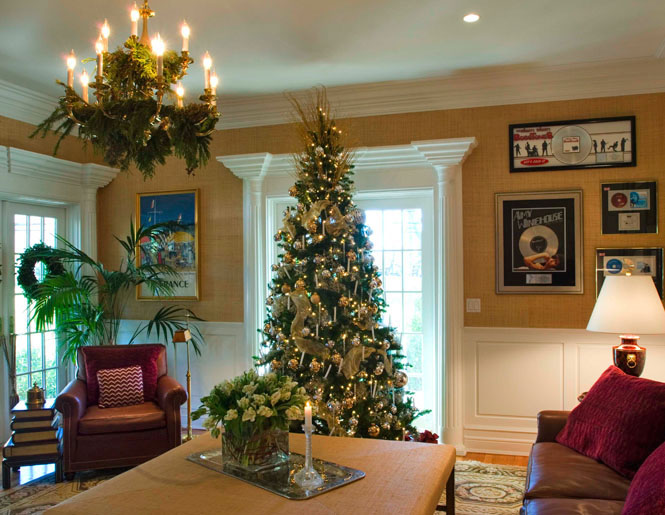
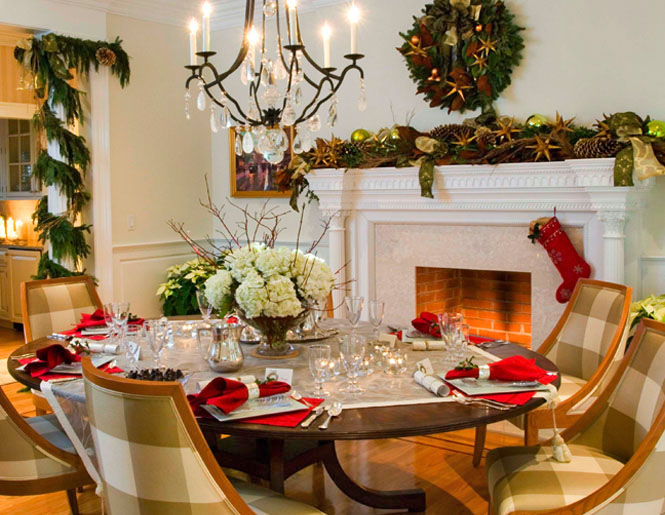
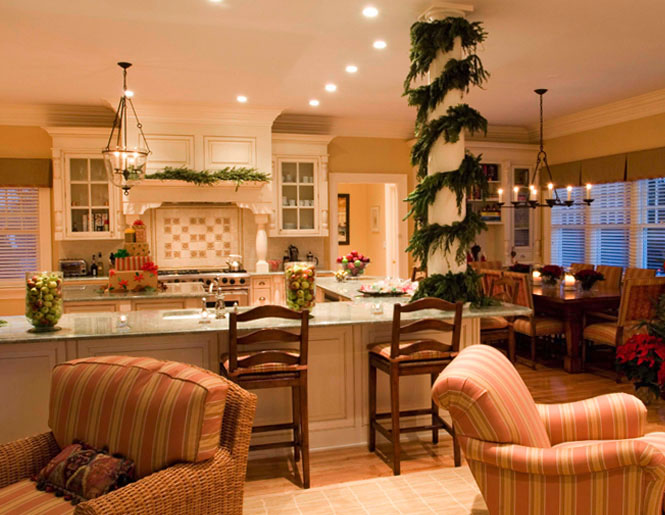


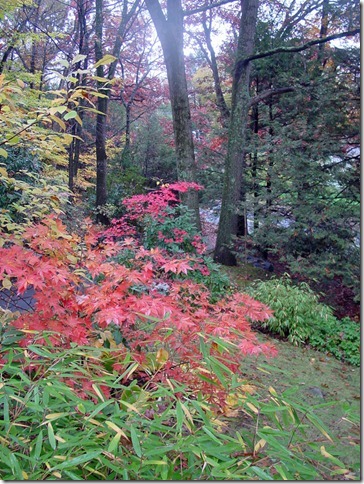
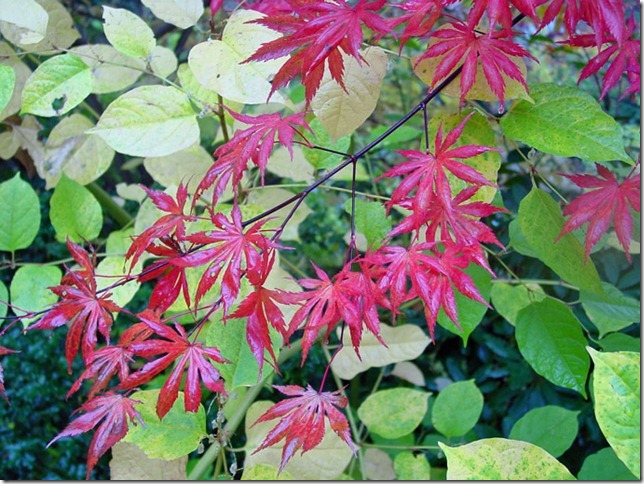 japanese maple leaves; photo courtesy of Michael Passarello
japanese maple leaves; photo courtesy of Michael Passarello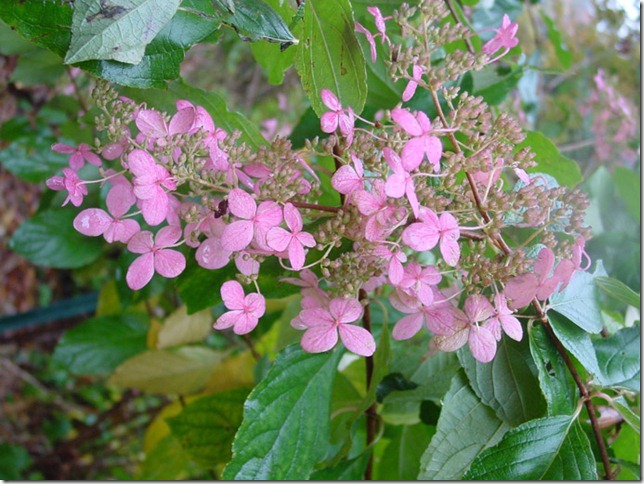 autumn hydrangea; photo courtesy of Michael Passarello
autumn hydrangea; photo courtesy of Michael Passarello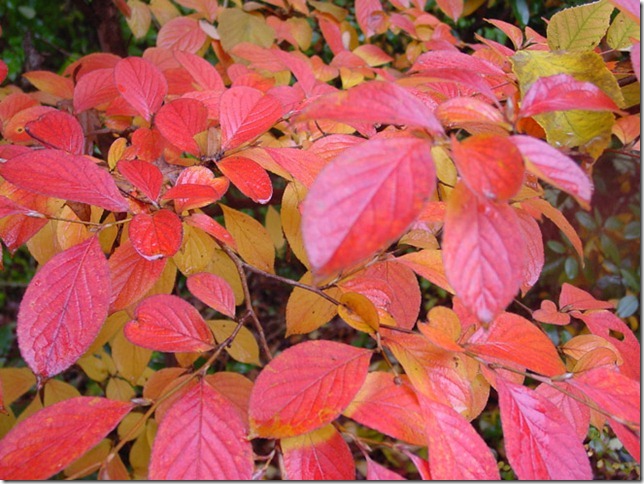 stewarthia; photo courtesy of Michael Passarello
stewarthia; photo courtesy of Michael Passarello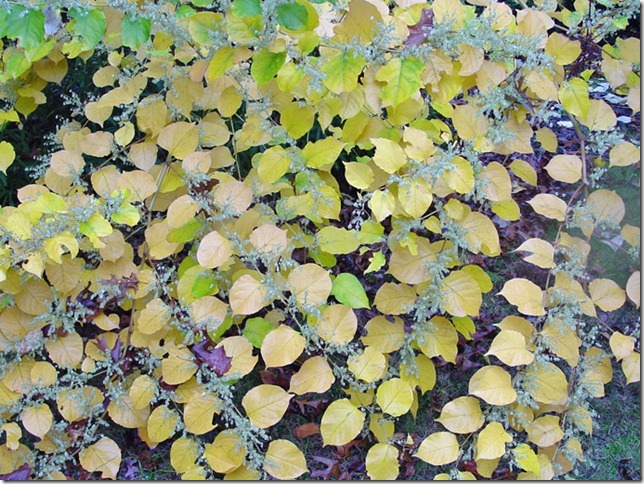 photo courtesy of Michael Passarello
photo courtesy of Michael Passarello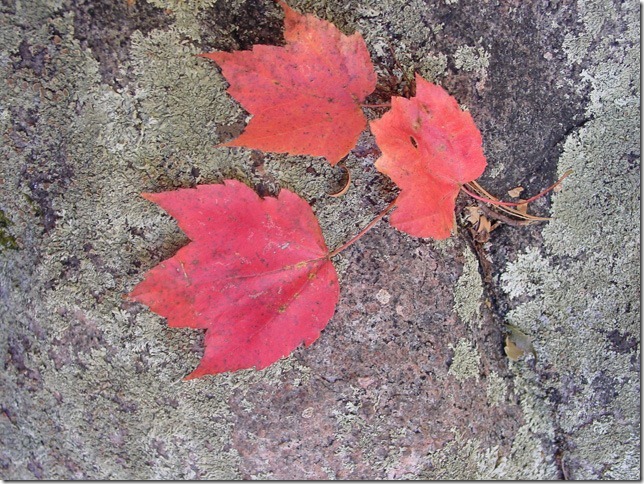 photo courtesy of Michael Passarello
photo courtesy of Michael Passarello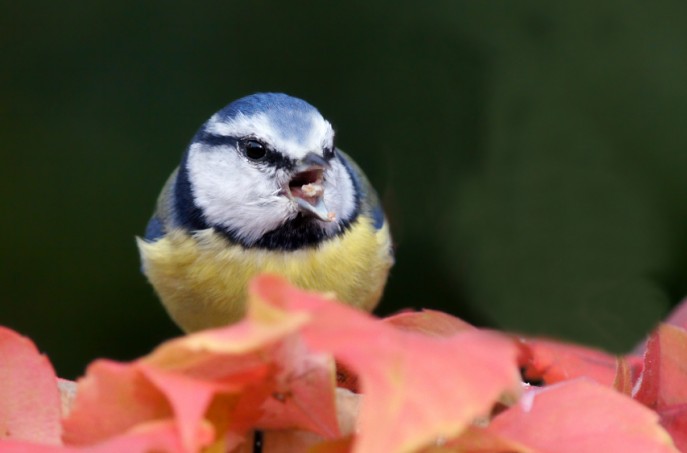
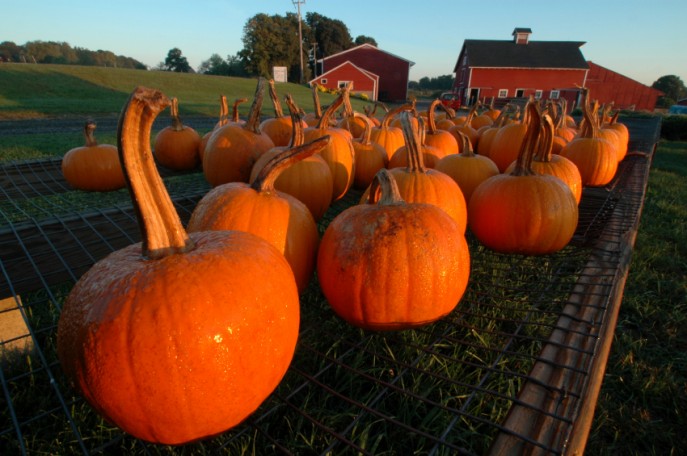


 The Mighty Twelves
The Mighty Twelves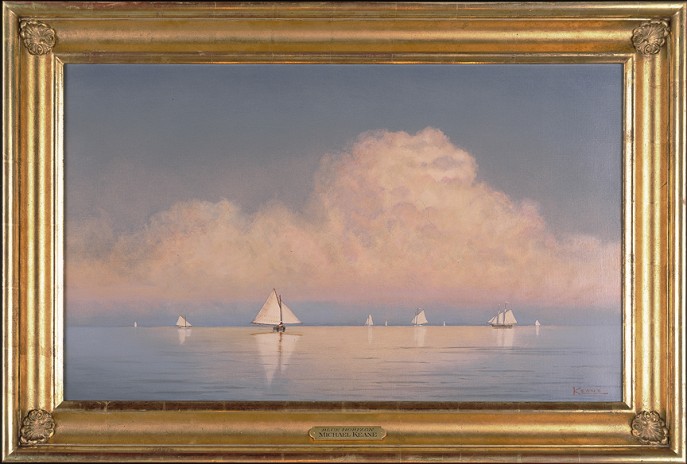
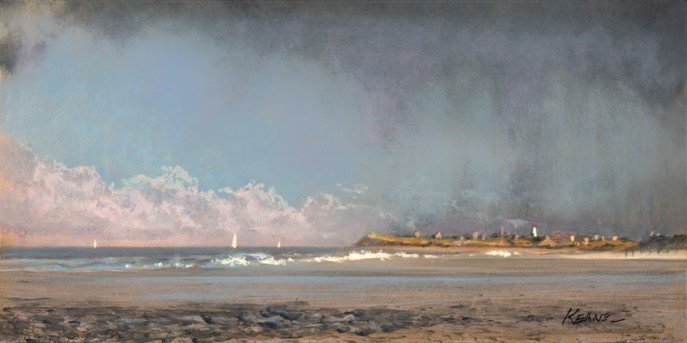
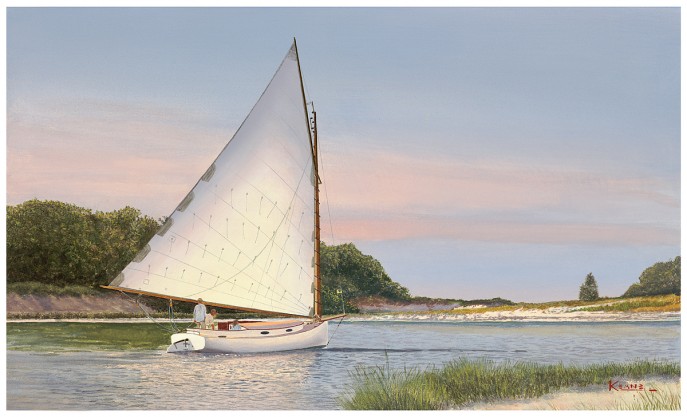
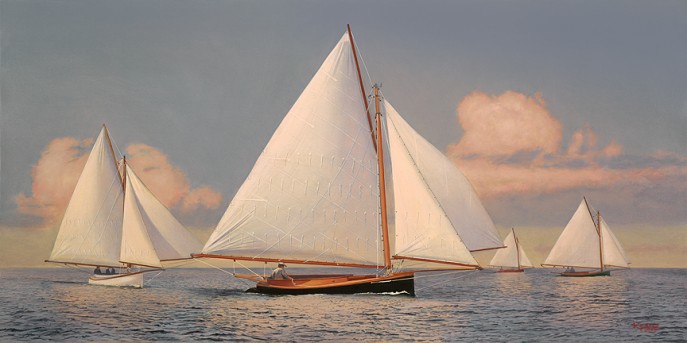
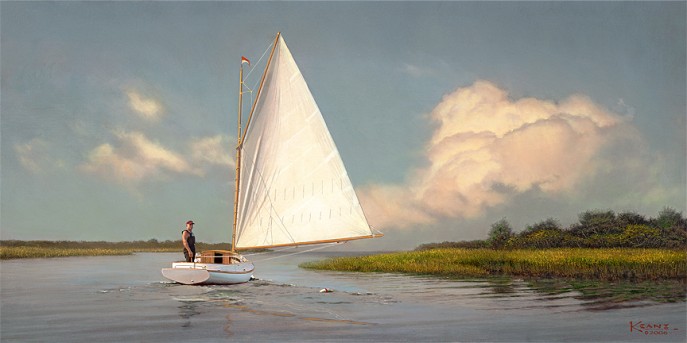
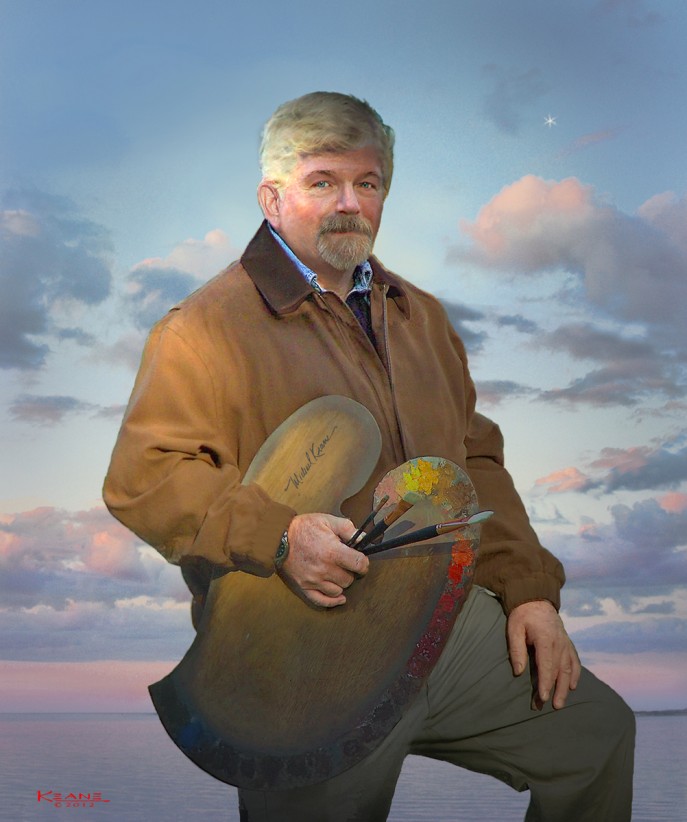
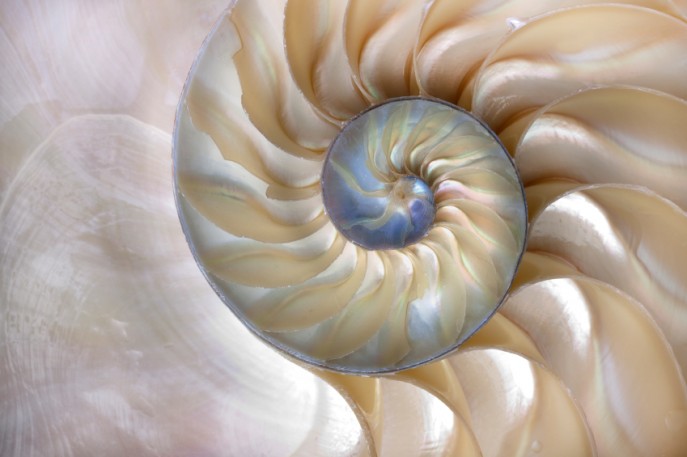
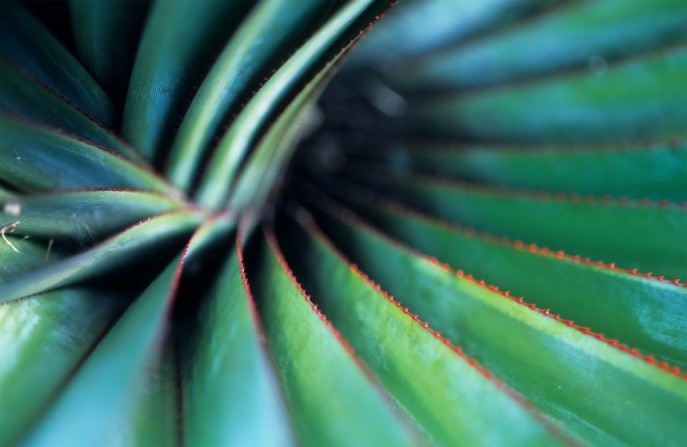 This is a close-up photograph of a spiral palm leaf.
This is a close-up photograph of a spiral palm leaf.